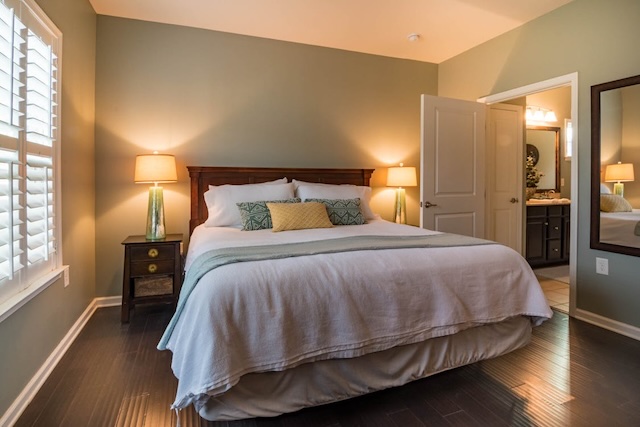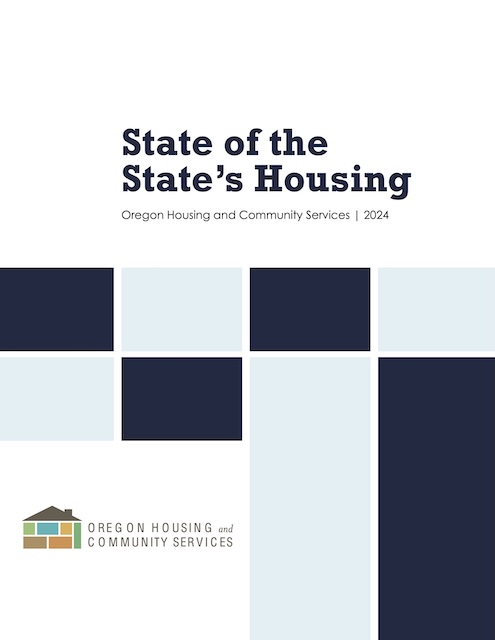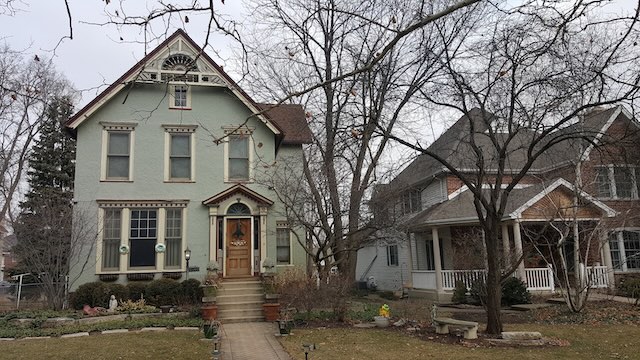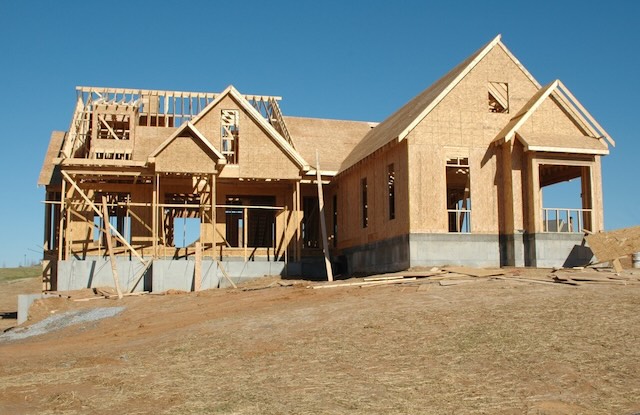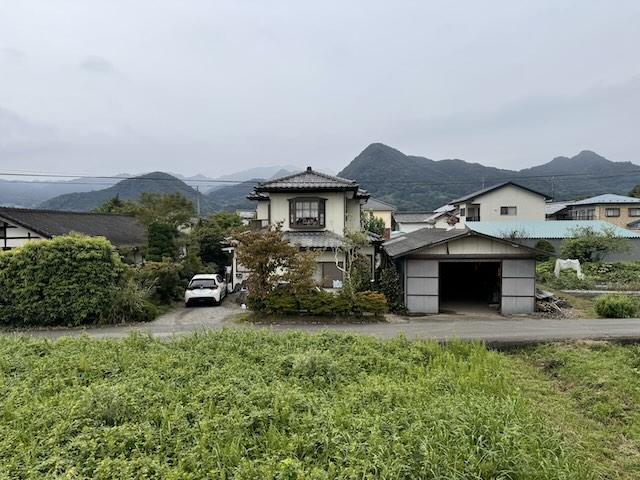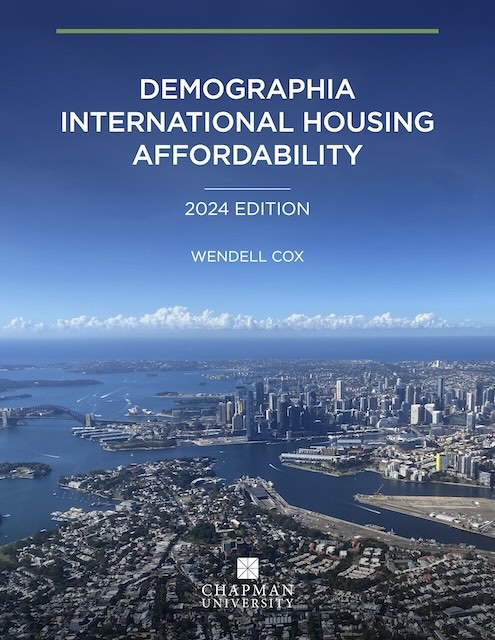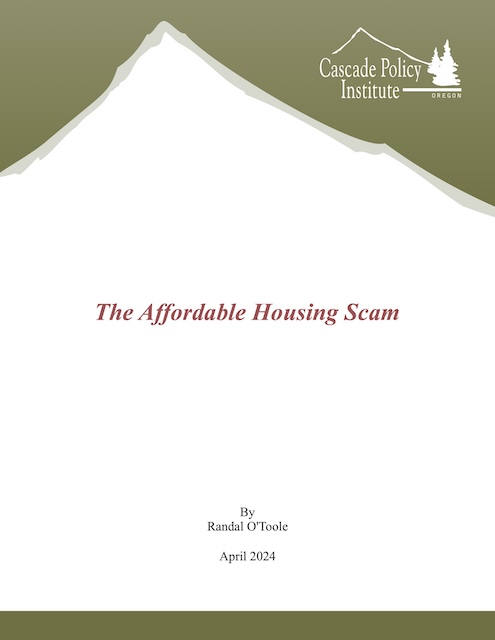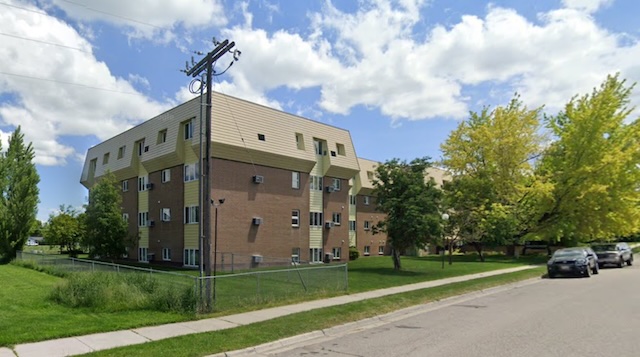Economist Thomas Sowell, who I respect a great deal, has gotten sucked into the stampede to sell public lands in order to simultaneously reduce the debt and make housing more affordable. Advocates of this view are ignoring clear indications that selling these lands will not accomplish either goal.
BLM lands: far from food, water, and jobs.
One advocate for this point of view, William Perry Pendley, defensively argues that he is not proposing to sell wilderness areas, national parks, or even national forests, but mainly just Bureau of Land Management lands. The problem with this is that most BLM lands are lands leftover after homesteaders, ranchers, timber companies, and others picked the most valuable federal lands for themselves, thus earning BLM lands the title, “the lands no one wanted.” Continue reading


